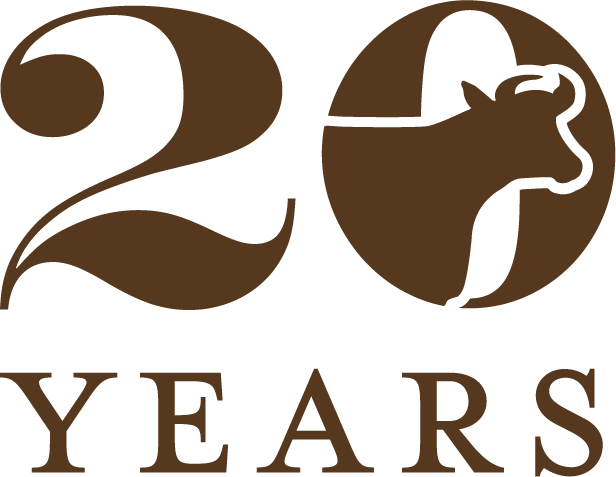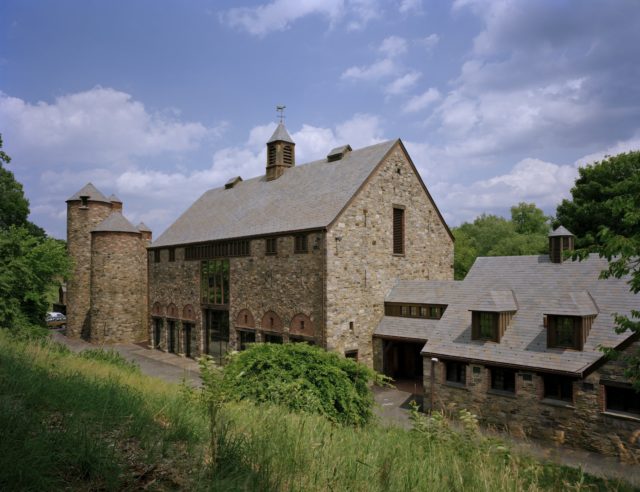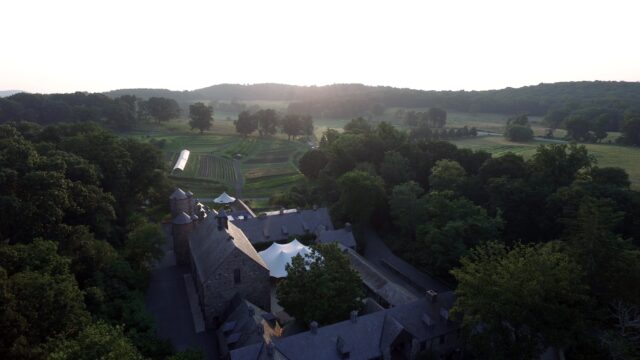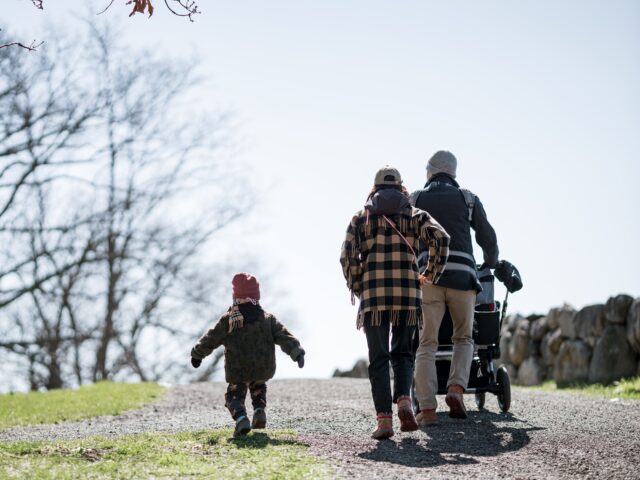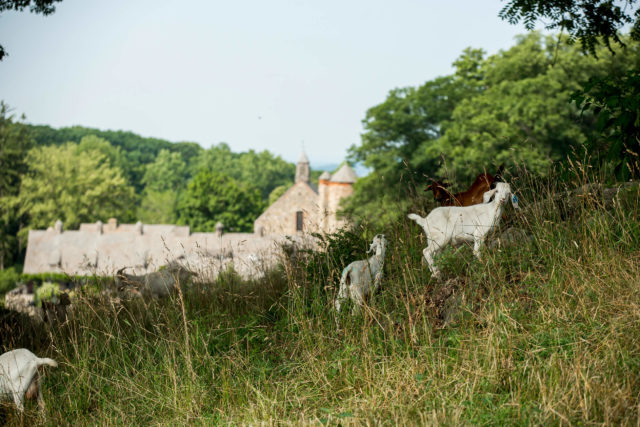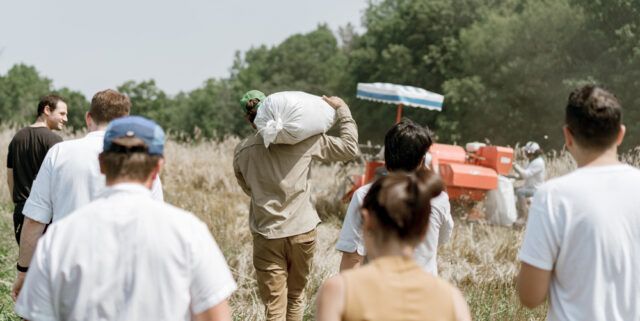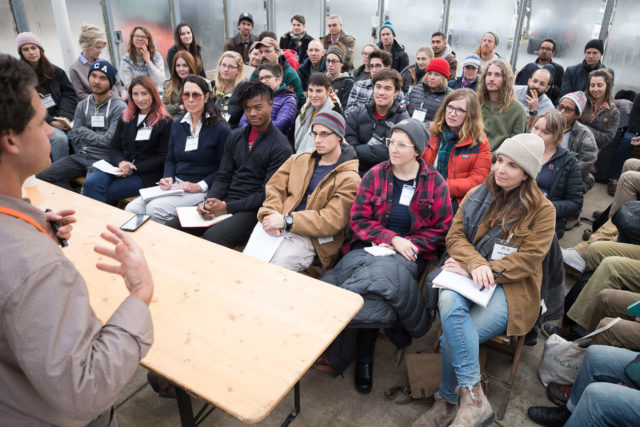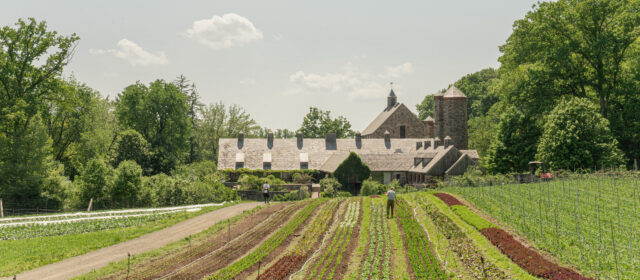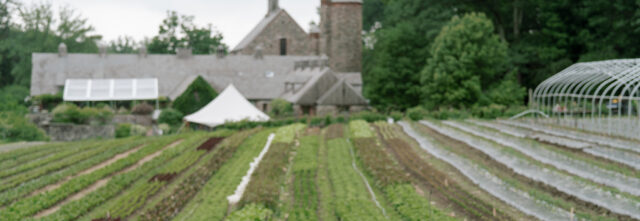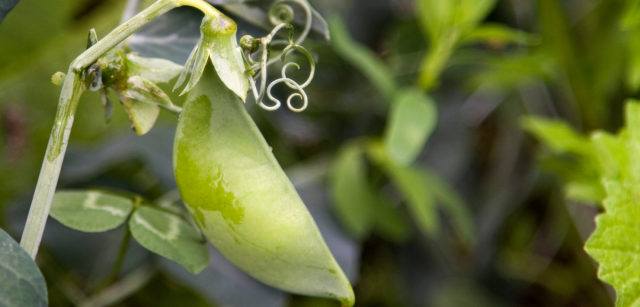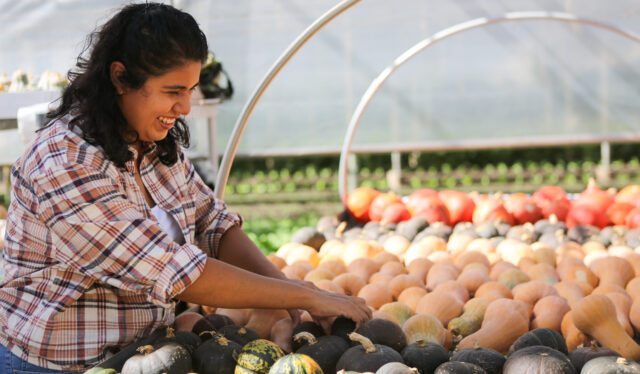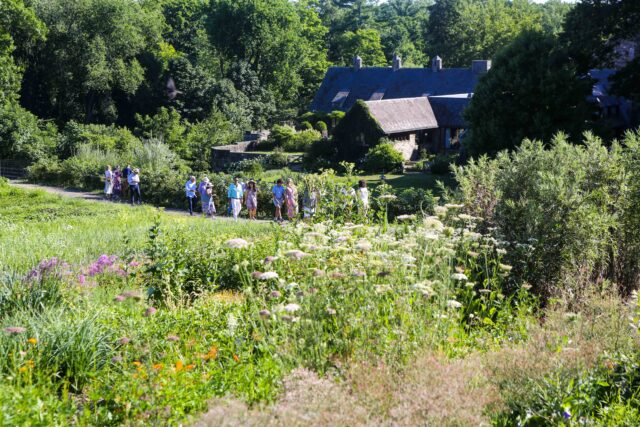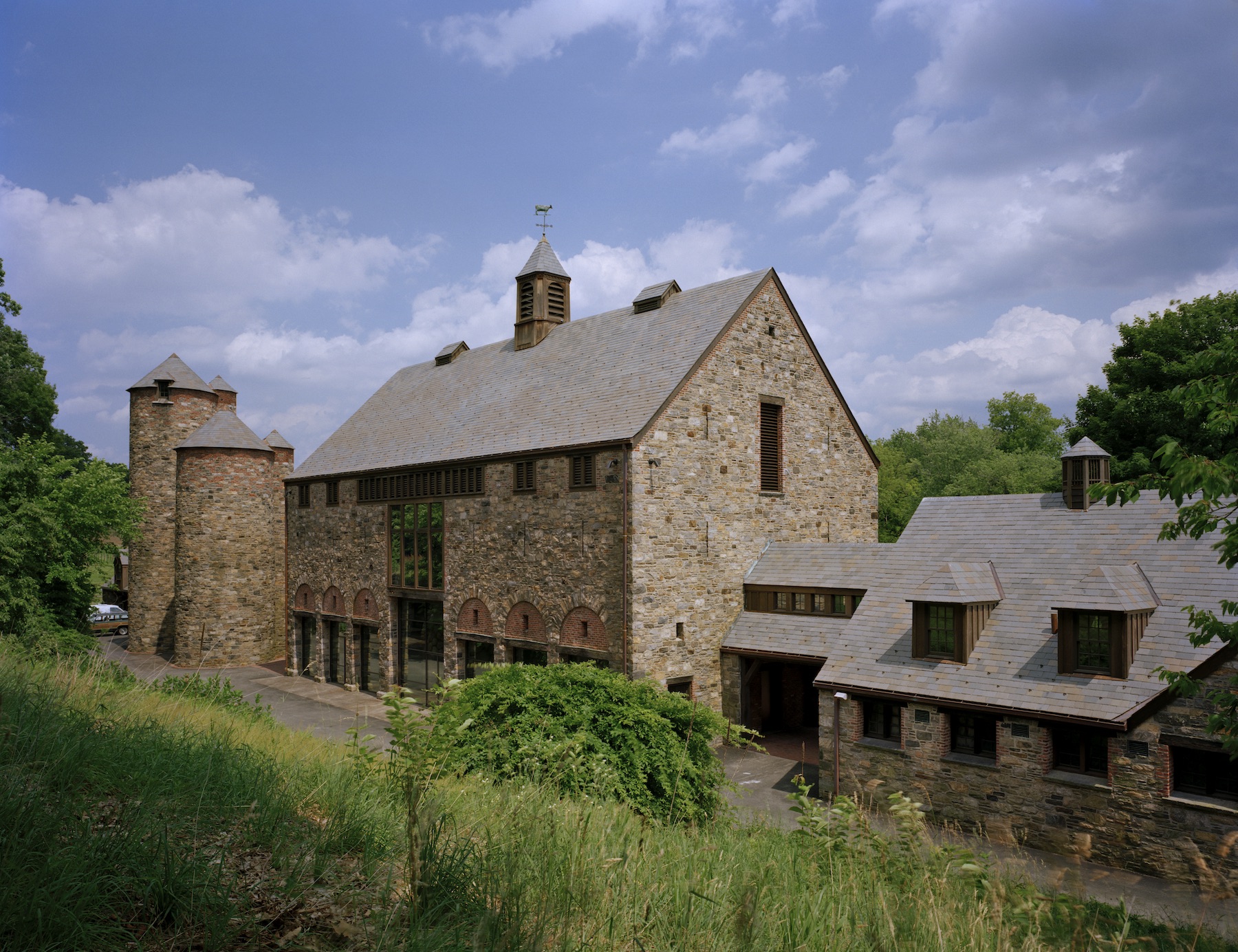LAND ACKNOWLEDGMENT
Stone Barns Center recognizes the exclusions and erasures of Indigenous peoples from food and farming, including those on whose land our organization is located. Stone Barns is located on the unceded lands of the Munsee Lenape, Schaghticoke, and Wappinger peoples. We honor the native people who have stewarded this area for 11,000 years and seek to highlight the continuous history of agriculture that began with their work.
Indigenous History, Pre-1500s
The history of Indigenous peoples in this area goes back 11,000 years. The hills on the eastern side of the Hudson River were important hunting grounds for Lenape tribes who lived in this region. Main food sources included deer, bear, beaver, otters, turkey, waterfowl, fish and shellfish from the Hudson River. Forage products included berries and other wild plants. In addition to suffering the ravages of disease and warfare, many Indigenous tribal members were killed or forcibly removed by the European settler-colonists and the federal government by the beginning of the 1800s. Today, prominent Lenape communities reside in Oklahoma, Kansas, Missouri, Wisconsin, Ontario and New Jersey. “Pocantico” is an Algonquin/Lenape-derived word which is used to describe the Pocantico River, a tributary of the Hudson River.
European Colonization and Agriculture, 1500-Early 1900s
Colonists from the Dutch West India Company began to settle in the region in the early 1600s and had forcibly taken over what they called New Amsterdam by the mid-17th century. Finding enough labor to cultivate the land was challenging for wealthy merchants, creating a strong financial incentive to capture Africans, ship them on the harrowing voyage of the Middle Passage, and sell them into enslavement for forced labor throughout the 13 colonies, including the land that later comprises Westchester County. European settlers, indentured servants, enslaved people, and free workers cultivated grain, fruits and garden produce, including some from Europe and some that were native to the Americas. Horses, cattle, hogs and sheep were introduced by the early 17th century. In 1664 British colonists gained control of the Province of New York, including Westchester County, until the Revolutionary War. Wheat and potatoes became important crops in the lower Hudson Valley by the 18th century. The wheat was milled into flour and sold in New York City and to the growing sugar plantations in the Caribbean, sustaining the circular nature of the global slavery economy. By the time New York begins gradual emancipation in 1799, the state has the largest enslaved population in the North, with many people remaining enslaved for decades after slavery is abolished in New York in 1827. Over the 19th century, dairy became a prominent form of agriculture in the region.
Rockefeller Family, 1920s-2004
Stone Barns Center is housed in a set of historic barns that were designed and built as a family dairy operation in the 1930s under the direction of John D. Rockefeller, Jr., whose family purchased hundreds of acres in the lower Hudson Valley. He commissioned Grosvenor Atterbury, an architect, town-planner, and inventor, to design a group of stone farm buildings in the style of Normandy in northern France. The buildings were constructed between 1931 and 1933 and operated as a private dairy farm for around 20 years. David Rockefeller, the youngest son of John D. Rockefeller, Jr., later inherited the buildings and surrounding property.
In the mid 1970s, Peggy Rockefeller, wife of David Rockefeller, became active in farming. She began buying and raising purebred Simmental cattle, first on Bartlett Island in Maine and then on the family estate in Pocantico Hills. In 1980 she co-founded the American Farmland Trust, a non-profit organization that seeks to foster environmentally healthy farming practices, and that pioneered the use of conservation easements to protect agricultural lands from development. Mrs. Rockefeller hoped that the farm buildings in Pocantico Hills could be preserved, restored and at least partially returned to their original use. After her death in 1996, David Rockefeller and his daughter, Peggy Dulany, led the effort to renovate the buildings and launch a nonprofit organization that would reconnect visitors with the sources of their food.
David Rockefeller donated this 80-acre property and restored the barns that would become Stone Barns Center. He and his daughter Peggy Dulany formed the nonprofit to honor the memory of Peggy Rockefeller. In collaboration with conservation planners, organic farmers and many others, they came together to set a common vision and purpose for the farm’s design and the Center’s programs, in partnership with Dan, David and Laureen Barber of Blue Hill at Stone Barns. They hoped to preserve the property’s rich agricultural heritage and reintroduce the community to the many benefits that farming and farmers bring to the lower Hudson Valley region.
Their goal was a working farm practicing innovative and transparent four-season agriculture, open to the public as a hub of learning, creativity and experimentation. They envisioned a place where people could connect with the land and farmers, a place that would inspire people to create and participate in a more ecological food culture.
CITATIONS
- The Nanticoke Lenni-Lenape
- West Philadelphia Collaborative History, “The Original People and Their Land: The Lenape, Pre-History to the 18th Century“
- Robert Bolton, A History of the County of Westchester, from Its First Settlement to the Present Time, Vol. 1 (1848)
- Historic Hudson Valley, “People Not Property.”
